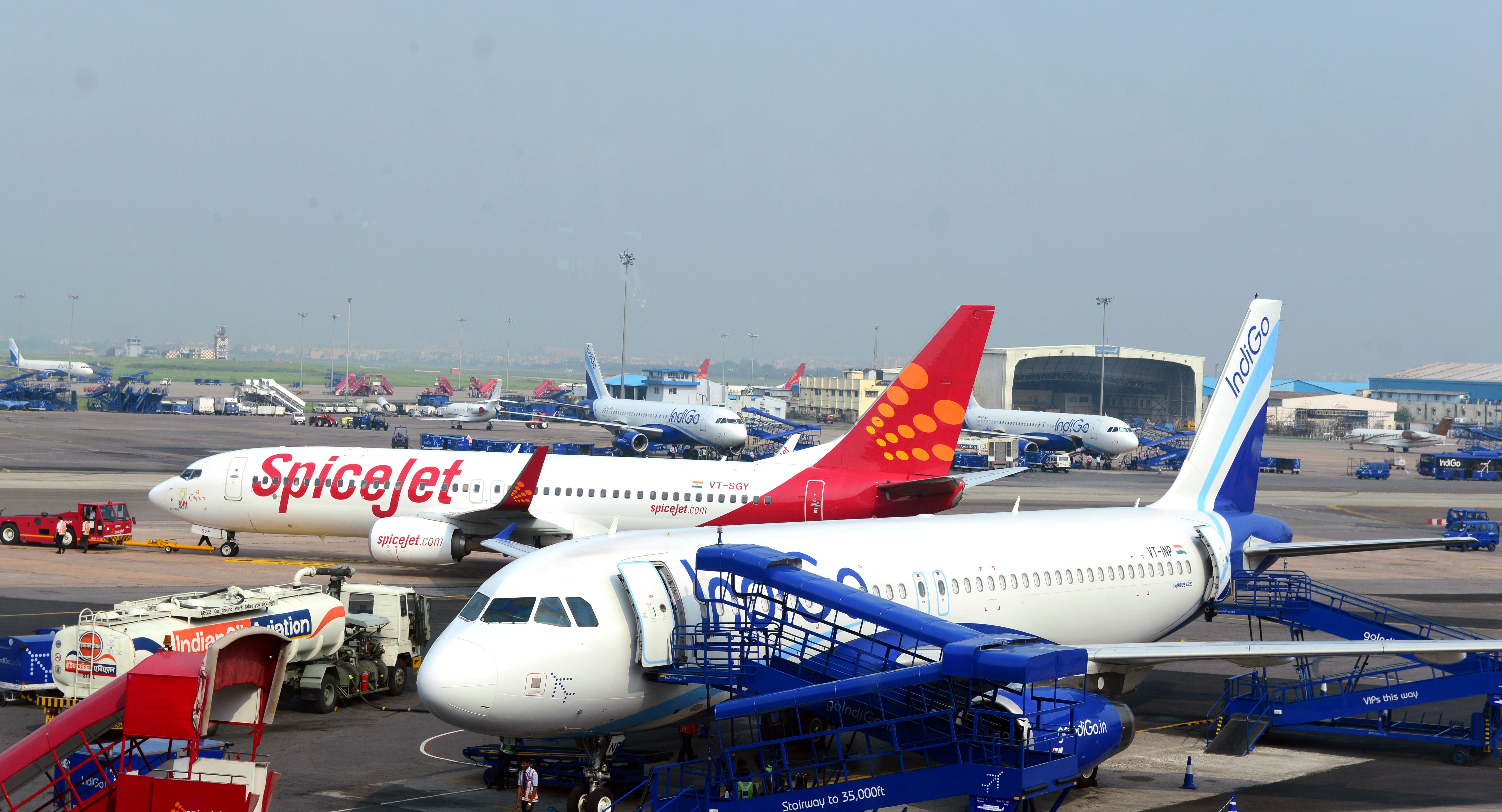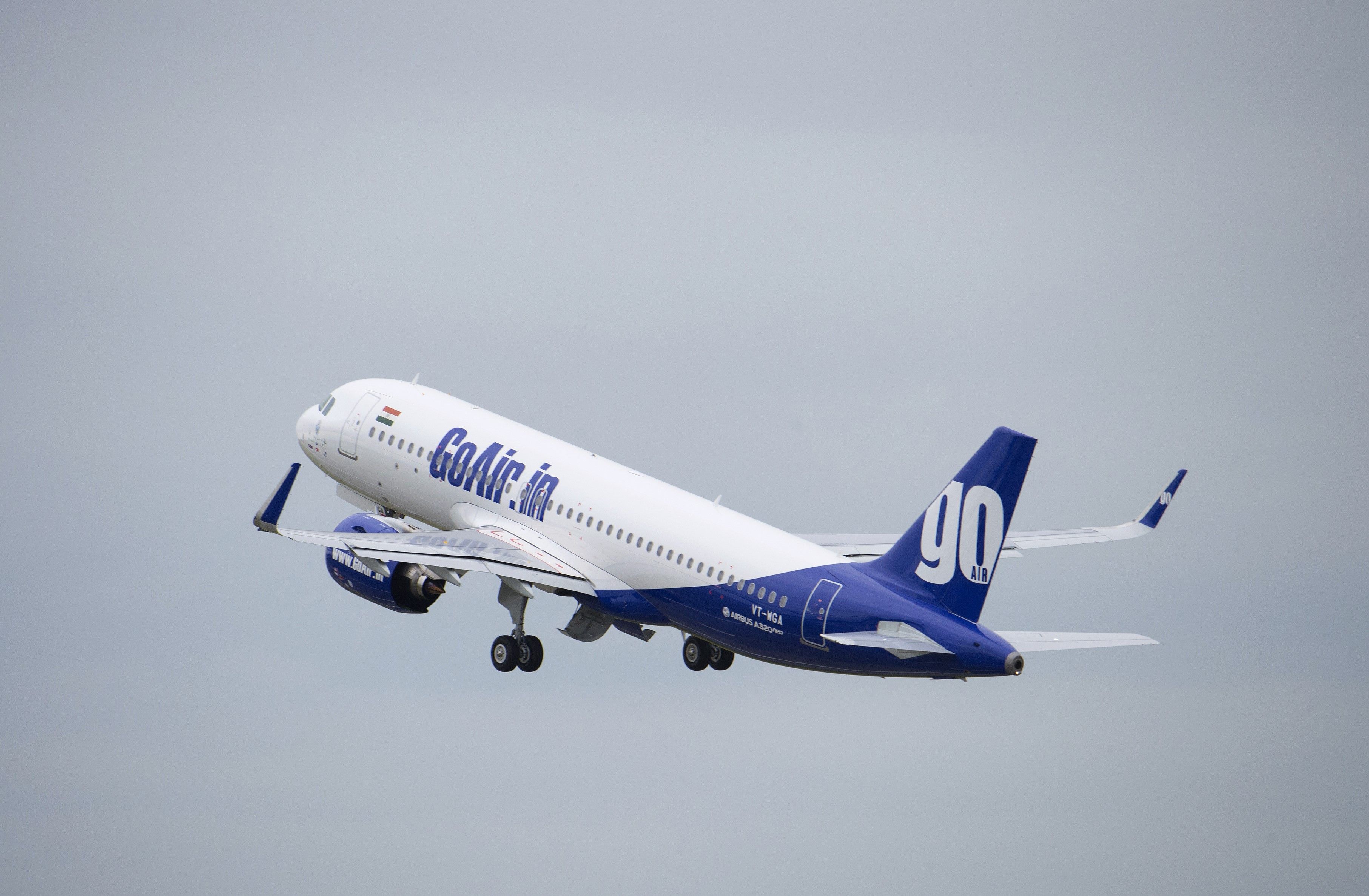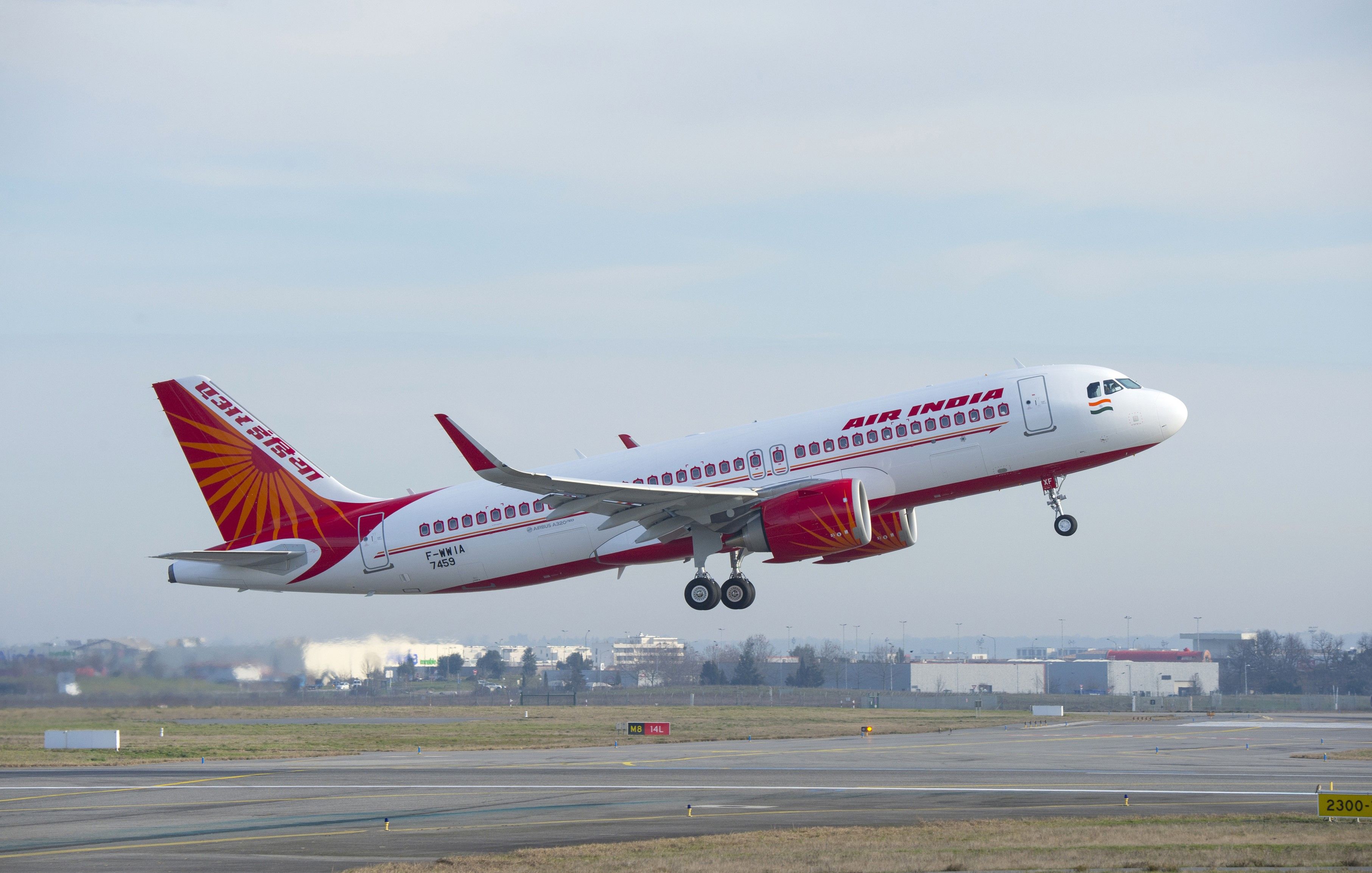The rising fuel prices seem to have replaced COVID as the primary threat to a recovering aviation market. India depends primarily on imports for fuel – a highly taxed commodity. As such, the most effective way to combat the current price surge is to bring down the taxes. But given the revenue it generates for the state, will the authorities listen to the pleas of the aviation sector?
Tricky situation
When discussing the path to recovery in the aviation industry, possible roadblocks are also considered. And while the threat of COVID is not entirely gone, it appears that a new beast has taken its place as the primary source of grief for airlines – fuel price.
India is particularly vulnerable when one considers the following factors:
- The country is 85% dependent on imports to meet its oil needs
- Jet fuel makes up for almost 40% of the running cost of an airline
- Price sensitive customers (sure, they're buying the expensive tickets right now, but how much of an increase are they prepared to absorb?)
Therefore, it doesn't come as a surprise that India's aviation minister Jyotiraditya Scindia is making a case for lowering the gigantic taxes on aviation turbine fuel (ATF), even as most states have already moved to reduce the value-added tax (VAT) significantly.
Aviation ministry in discussion with the finance ministry
The Press Trust of India has learned that the Ministry of Finance is yet to decide on the civil aviation ministry's plea for tax cuts on jet fuel (ATF) to bring down prices and quotes them as saying,
"They (civil aviation ministry) have approached us with a plea to moderate the prices. However, no decision has been taken yet."
More than 20 states have lowered the value-added tax (VAT) on jet fuel from highs of 20-30%. So why is it still a problem? Firstly, these tax cuts have mostly come from the states governed by the current central ruling party. But the states that have some of the busiest airports in the country – Delhi, Mumbai, Chennai, and Kolkata – have not implemented these tax cuts.
Secondly, given how much ATF costs at the moment and the tax structure around it in India, even a VAT reduction seems inadequate. ATF presently is chargeable at an 11% ad valorem rate of excise duty. A concessional rate of 2% is applicable for ATF sold under the Regional Connectivity Scheme. Ad valorem rate essentially means an increase in taxation whenever there is an increase in the base price.
Follow Simple Flying for all the latest aviation news.
Another critical factor to consider is that ATF does not come under the purview of Goods and Services Tax (GST) – a tax system implemented in India in 2017 combining 17 central and state levies but leaving out five commodities from its influence – crude oil, natural gas, petrol, diesel, and ATF.
The aviation and oil ministries have often asked to include ATF and natural gas under GST, but nothing has come of it so far.
Not enough
According to the latest figures, (ATF) prices were hiked by 5%, taking it to Rs 1.23 lakh (approx. $1,586) per 1,000 liters in New Delhi. To get a sense of the dramatic rise in the graph, in the nine hikes beginning January 1st, ATF prices have been hiked 61.7% from Rs 72,062 (approx. $920) per 1,000 liters to Rs 1.23 lakh ($1,586) per 1,000 liters now.
We know things are bad when India's most efficiently run airline, IndiGo, posts a net loss of Rs 1,681 crore (approx. $216 million) from January to March, despite traffic rebound towards the second half of the quarter and increasing demand. Sure, Omicron was a significant factor, but a 61% jump in fuel price cannot be overlooked.
The airlines have no other option but to pass down the price hike to customers, who, at the moment, seem somewhat resilient to it. But is there a threshold beyond which they'll start feeling the pinch? Let's hope it doesn't come to that.
What are your views on this? Please share your comments below.



